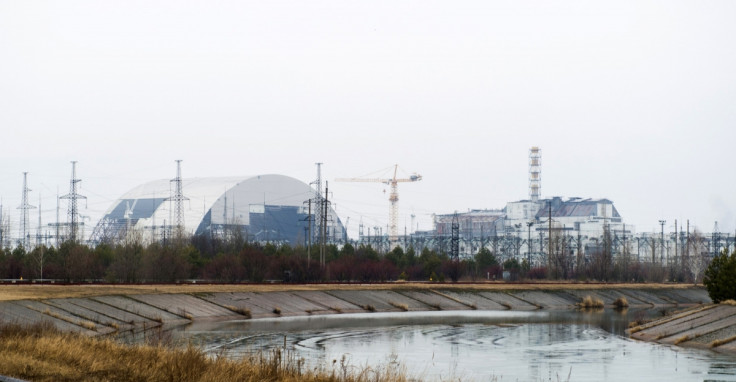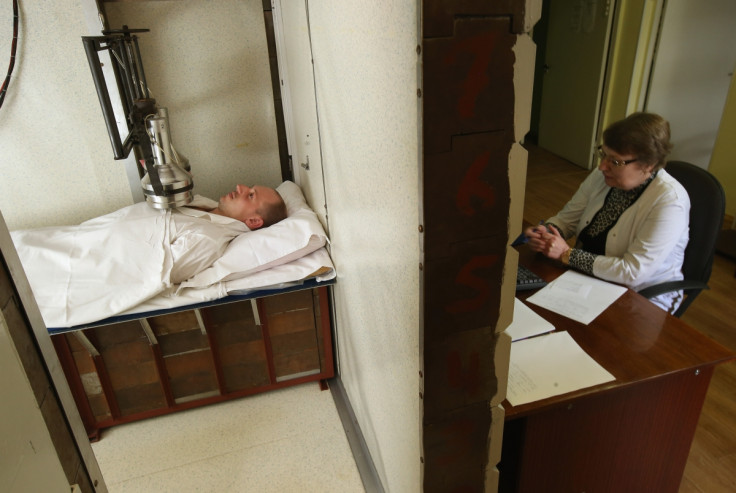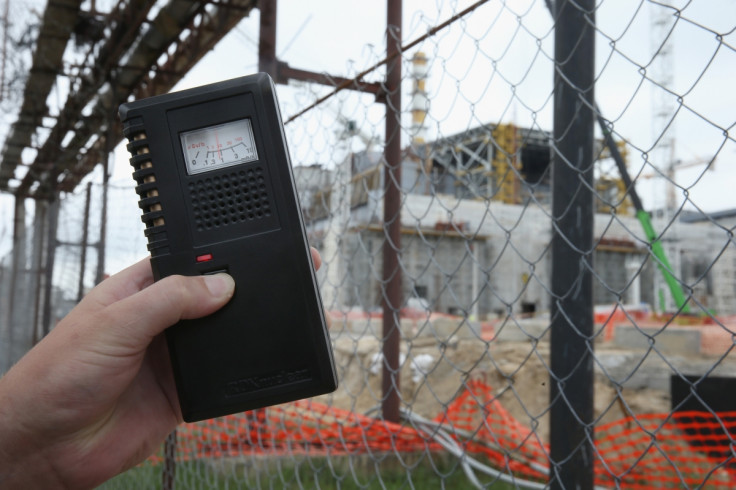Chernobyl anniversary: Health impacts from radiation still felt 30 years after nuclear disaster

At 01:23AM, on April 26, 1986, the largest nuclear disaster in history took place in Pripyat, Ukraine. 50,000 people were evacuated in just two days following an explosion at the Chernobyl nuclear power plant, an event that saw huge amounts of dangerous radioactive material released into the environment.
Technicians at the fourth reactor were conducting a systems test when there was a sudden power surge, which broke the reactor's fuel elements and led to a giant explosion, releasing radioactive elements into the atmosphere. Forty-one people died as a direct result of the disaster; two died from the explosion, four in a helicopter accident, and 32 people died within a few months from acute radiation syndrome (ARS).
It was estimated that the disaster at Chernobyl released 400 times more radiation into the surroundings than the atom bombs dropped on Nagasaki and Hiroshima in 1945. 350,000 people were evacuated from across Belarus, Ukraine and Russia. But what were the health problems they faced as a result of the disaster?
Thyroid Cancer
Thyroid cancer is still being diagnosed in children today, following the disaster 30 years ago. As the power plant core exploded, a volatile isotope of Iodine was pumped into the air – Iodine-131. This iodine can be inhaled, or ingested, and when it rains, it is deposited on the ground and can stay there for up to eight days. While remaining there, it could be ingested by animals as they eat grass. Subsequently, when humans eat these animals – cows, or sheep etc. – they ingest the iodine, too.
"The thyroid needs iodine – it's an essential part of our diet," Gerry Thomas, expert in the molecular pathology of cancer of Imperial College London, told IBTimes UK. "The problem is, iodine's incredibly rare. So when there are lots of it, the thyroid quite literally sucks it up." She says that following the Chernobyl disaster, there were huge amounts of radioactive iodine in the environment, and those living in the surrounding area were badly affected.
"The thyroid binds to the iodine, and it holds onto it for 100 days in the body," said Thomas. "That means it emits radiation in the body." The subsequent radiation is a precursor to thyroid cancer, and children are at the highest risk. Experts have estimated that between 6,000 and 7,000 cases of thyroid cancer have been reported in under-19s living in the radiation zone. Thomas says that figure is expected to increase to 16,000 by 2050.

Other cancers?
A Greenpeace report says the Chernobyl disaster also caused an "excess of cancers of the stomach, lungs, breast, rectum, colon, bone marrow and lymph system." It also says that cases of leukaemia rose more than four times from 1989 to 1995 in some parts of Russia.
However, there has been much dispute about these findings. Experts, including Thomas, believe thyroid cancer is the only cancer linked to the Chernobyl disaster.
Mental health
A 2012 study, looking at the mental health consequences of Chernobyl, found "that mental health was the largest public health problem unleashed by the [Chernobyl] accident." Researchers from Stony Brook University said cases of post-traumatic stress disorder (PTSD), anxiety and other mood disorders, doubled in clean-up workers and adults following the Chernobyl disaster.
Another study by Greenpeace found that in a sample of 163 children, who were exposed to radiation while in their mother's womb, only 19 of them described themselves as 'mentally healthy'. The report says the children irradiated from the Chernobyl disaster suffered more from neuro-psychiatric disorders compared to children that were not affected by the disaster.
"Nuclear radiation is a relatively new thing," said Thomas. "People didn't know what would happen to them after they were exposed to it, and that scared them. Imagine we never used any electricity because we were told it was dangerous. The first time it's switched on, we'd all be petrified."
Mental health problems can also indirectly lead to other health problems too, Thomas said. She describes how PTSD or anxiety can lead to alcohol abuse. Subsequently, people stop exercising, and are diagnosed with diabetes or obesity; a precursor to cancer.

Cataracts
Roughly 20 million people around the world are blind due to cataracts, and around 0.0006% of children have cataracts. However, a study of more than 8,000 Chernobyl clean-up workers showed 25% of them had developed cataracts.
"The lens of the eye is very sensitive to ionising radiation and cataracts are known to result from effective doses of about 2 Sv," says the WHO website. "The production of cataracts is directly related to the dose. The higher the dose, the faster the cataract appears. Chernobyl cataract studies suggest that radiation opacities may occur from doses as low as 250 mSv."
To put that into perspective, the highest estimated radiation levels in the reactor reached around 5.6 roentgens per second. That's the equivalent of more than 4,600 mSV - every second.
What are the genetic effects of radiation?
There has been no evidence to suggest the Chernobyl disaster had any hereditary effects, says Thomas. "It's crazy because some of the people who were affected by the radiation still think something may be wrong with their future children or family," said Thomas. "So this obviously comes straight back to mental health and living with the anxiety of thinking you're changed forever."
"It's a very emotional topic, radiation," she added, "so it's not surprising it's had this kind of impact. My husband is a chemistry teacher, and when I tell him that radiation won't affect someone's children, he still says to me '...Really? Are you sure?' Now imagine what the people that lived [the disaster] are thinking."
© Copyright IBTimes 2025. All rights reserved.






















